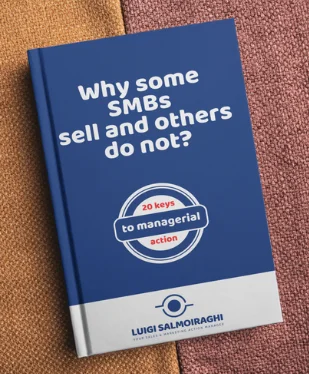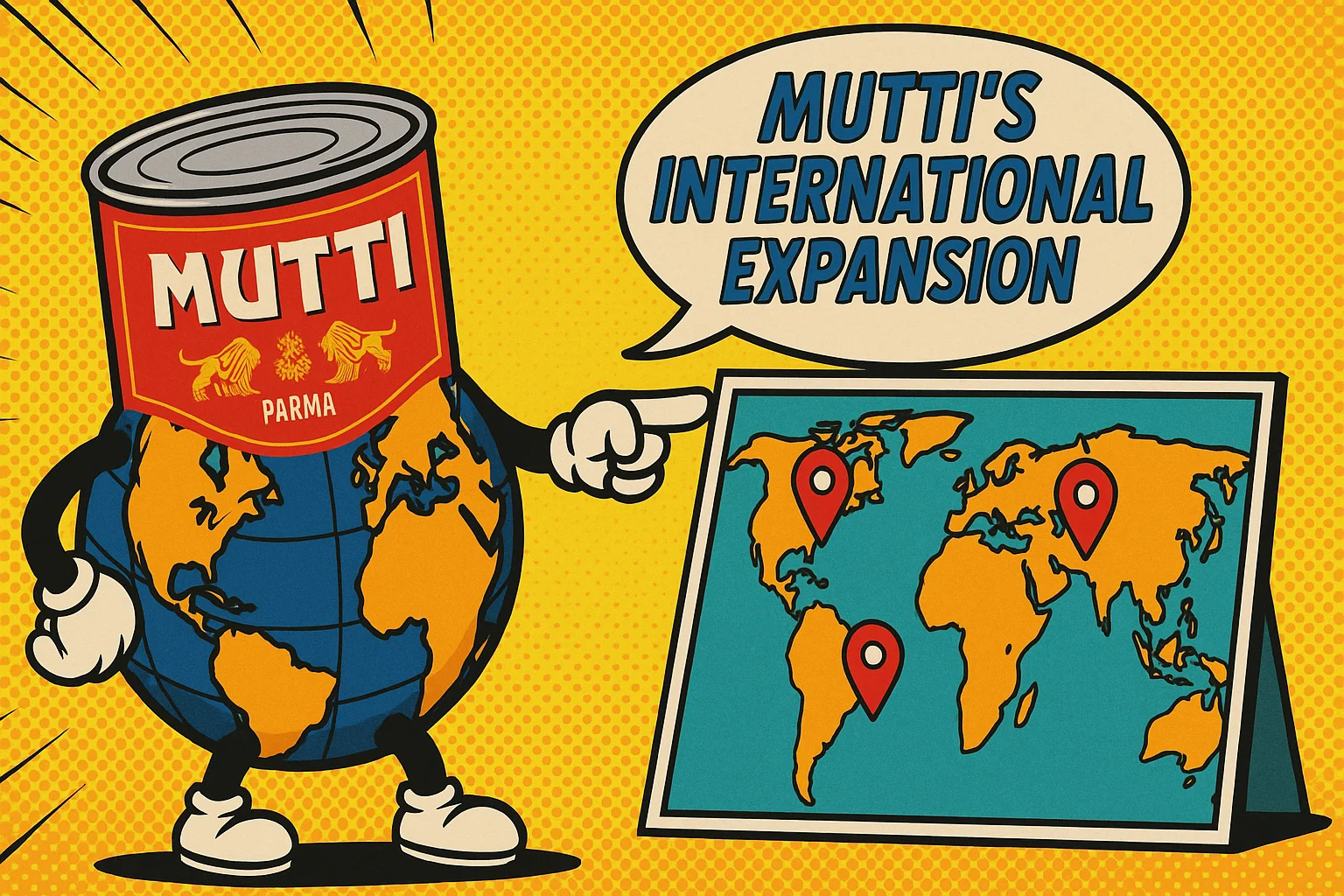

Many years ago, my friend Paul suggested I read “Thinking Fast and Slow” by Daniel Kahneman.
Reading through the pages of his book, I learnt of the dual systems of our thought processes: the rapid, intuitive ‘System 1’ and the deliberate, analytical ‘System 2’.
The Nobel Committee awarded Professor Kahneman the Nobel Prize in 2002 for his outstanding contribution to behavioural economics. He passed away a few weeks ago, and this article is my small contribution to his legacy.
“Thinking Fast and Slow” is a groundbreaking book that delves into the mechanisms of human decision-making, highlighting two distinct systems that govern our thought processes.
System 1 is fast, automatic, intuitive, and emotional, while System 2 is slow, effortful, logical, and deliberate.
The book emphasizes the importance of understanding and managing cognitive biases, which can significantly influence our decisions.
System 1 thinking is the default mode, operating on intuition, emotions, and learned patterns. It is fast, automatic, and efficient, but errors and biases are prone to System 1. System 2 thinking, on the other hand, is slower and more deliberate, relying on logic and reason. It is activated for complex calculations, critical thinking, and problem-solving.
However, System 2 has limited resources and can easily be overloaded. Cognitive biases shape the interaction between the two systems.
Biases can be positive, value-neutral, or negative, significantly impacting our risk judgments and decision-making processes.
Understanding reversion to the mean, a statistical tendency for extreme results or events to be followed by less extreme results until things converge back to the average, is crucial for any decision-maker.
This concept helps avoid misinterpreting performance, evaluating interventions, and predicting the future more accurately.
Loss aversion, the drive to prevent a loss being 2.5 times stronger than the drive to pursue wins of similar magnitude, is another important concept discussed in the book. Understanding this phenomenon can help individuals be more experimentative in their personal and professional lives.
Anchoring bias, the tendency to become overly fixated on the first piece of information offered, is another cognitive bias that can significantly impact decision-making. We can exploit this bias in various contexts, such as salary negotiations, leading to skewed perceptions and limited decision-making.
Framing effects can influence our decisions, such as how we perceive the information. Positive or negative frames can lead to different evaluations of the same information, and understanding this can help individuals make more informed decisions.
The availability heuristic, assessing the likelihood or frequency of an event by how easily examples come to mind, can lead to misjudging actual probabilities.
This heuristic is particularly nasty when combined with social media. It promotes the most extreme kinds of content and creators, leading to misjudgments and misconceptions about what we expect.
Overall, “Thinking Fast and Slow” provides valuable insights into the mechanisms of human decision-making, emphasizing the importance of understanding and managing cognitive biases to make better, more informed decisions.
Many years ago, my friend Paul suggested I read “Thinking Fast and Slow” by Daniel Kahneman.
Reading through the pages of his book, I learnt of the dual systems of our thought processes: the rapid, intuitive ‘System 1’ and the deliberate, analytical ‘System 2’.
The Nobel Committee awarded Professor Kahneman the Nobel Prize in 2002 for his outstanding contribution to behavioural economics. He passed away a few weeks ago, and this article is my small contribution to his legacy.
“Thinking Fast and Slow” is a groundbreaking book that delves into the mechanisms of human decision-making, highlighting two distinct systems that govern our thought processes.
System 1 is fast, automatic, intuitive, and emotional, while System 2 is slow, effortful, logical, and deliberate.
The book emphasizes the importance of understanding and managing cognitive biases, which can significantly influence our decisions.
System 1 thinking is the default mode, operating on intuition, emotions, and learned patterns. It is fast, automatic, and efficient, but errors and biases are prone to System 1. System 2 thinking, on the other hand, is slower and more deliberate, relying on logic and reason. It is activated for complex calculations, critical thinking, and problem-solving.
However, System 2 has limited resources and can easily be overloaded. Cognitive biases shape the interaction between the two systems.
Biases can be positive, value-neutral, or negative, significantly impacting our risk judgments and decision-making processes.
Understanding reversion to the mean, a statistical tendency for extreme results or events to be followed by less extreme results until things converge back to the average, is crucial for any decision-maker.
This concept helps avoid misinterpreting performance, evaluating interventions, and predicting the future more accurately.
Loss aversion, the drive to prevent a loss being 2.5 times stronger than the drive to pursue wins of similar magnitude, is another important concept discussed in the book. Understanding this phenomenon can help individuals be more experimentative in their personal and professional lives.
Anchoring bias, the tendency to become overly fixated on the first piece of information offered, is another cognitive bias that can significantly impact decision-making. We can exploit this bias in various contexts, such as salary negotiations, leading to skewed perceptions and limited decision-making.
Framing effects can influence our decisions, such as how we perceive the information. Positive or negative frames can lead to different evaluations of the same information, and understanding this can help individuals make more informed decisions.
The availability heuristic, assessing the likelihood or frequency of an event by how easily examples come to mind, can lead to misjudging actual probabilities.
This heuristic is particularly nasty when combined with social media. It promotes the most extreme kinds of content and creators, leading to misjudgments and misconceptions about what we expect.
Overall, “Thinking Fast and Slow” provides valuable insights into the mechanisms of human decision-making, emphasizing the importance of understanding and managing cognitive biases to make better, more informed decisions.



